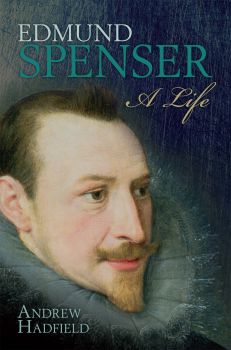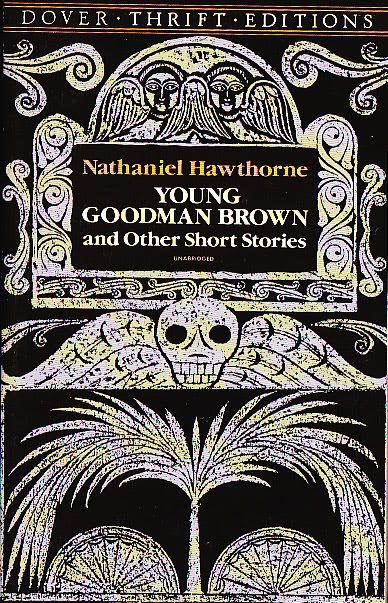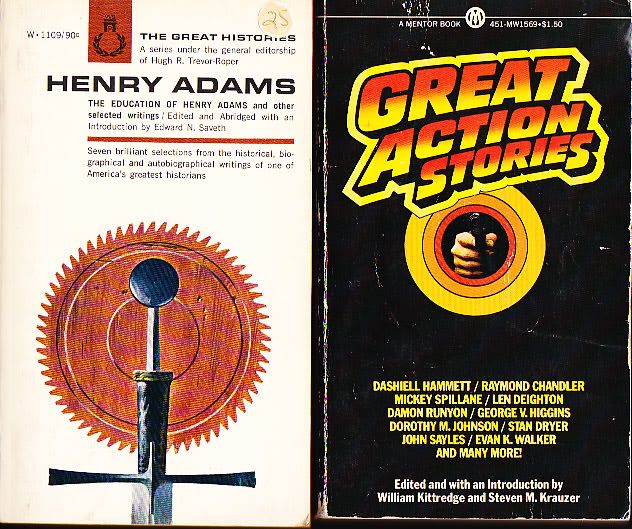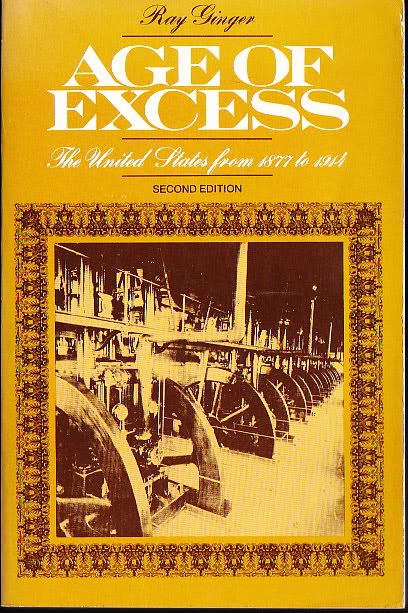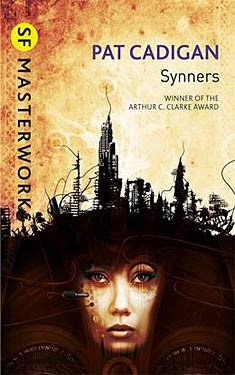I noticed you are going to reread Spenser. I have a nice penguin black edition of The Faerie Queen..so perhaps I should embark on that too in 2013?
Actually, it's Milton whom I expect to focus on in 2013. The Spenser biography is tempting, but it will have to wait. I'm quite keen to reread
Paradise Lost this year and to finish Masson's six-volume biography of Milton. (I'm near the end of vol. 2, with the English Civil War having broken out, and Milton having written several "pamphlets" on the Puritan side. By the end of vol. 3, the Parliamentarians will have killed King Charles.) I mean also to read an Everyman paperback of Richard Baxter's autobiography, and probably other 17th-century material.
But I love Spenser's
Faerie Queene. I have the Penguin edition that you mention. When I'm rereading one of the books in the Penguin edition, I like to have a few things by me -- Graham Hough's excellent
Preface to The Faerie Queene and some things about the FQ by C. S. Lewis, such as the papers in
Essays on Medieval and Renaissance Literature (there is a 3-page piece that always whets my appetite) and the section on Spenser in
English Literature in the Sixteenth Century, Excluding Drama. And there is a Dover paperback of Walter Crane's illustrations from an edition of the FQ.
A project I hope to get to soon after I stop my Milton studies for a bit is to read
Epithalamion (which I have in a black Penguin of Spenser's shorter verse) and a study of it called
Short Time's Endless Monument, which deals with the numerical symbolism in the poem. The study is by A. Kent Hieatt. C. S. Lewis read the book for the press. Constance Hieatt, to whom
Short Time's Endless Monument is dedicated, wrote an essay on the text of Tolkien's
Hobbit.
By the way, a comment on the cooling of the friendship between Tolkien and Lewis. (They didn't come to dislike one another, but were eventually less close.) I speculate that one element may have been Lewis's love of allegory and particularly that of Spenser. When they first became friends, they shared a fascination for the Icelandic sagas. But Lewis had always loved allegorical romance, of which Spenser is perhaps the greatest author of them all. Tolkien, meanwhile, claimed to dislike allegory (even though he wrote it himself at times); it compromised, or to him seemed to compromise, that air of an imaginary world's independent existence on its own that he prized so dearly. Perhaps I'm not putting this well, but I wonder if the friendship had to diminish a bit in order for Lewis to experience that full flowering, in his last 15 years or so, of the allegorical interest. On the one hand Lewis wrote the Narnian books, which actually I don't think are allegories but which have some affinity with Spenser, and on the other hand Lewis wrote a lot about Spenser in those remaining years (he died 1963). By or before the time the friendship "cooled," Lewis had done his very, very great work -- for us all -- as regards Tolkien, in that he had midwifed
Lord of the Rings to completion (1949). That done, basically, Lewis launched -- I think in or around 1949 -- the writing of his own Narnian books, which Tolkien did not like. What didn't he like? He specified the "mixing" of elements: in the first book you have Father Christmas, talking animals, a witch like something out of George MacDonald, and Classical Greek beings.
It won't do! Tolkien thought. Well, it would not do in Middle-earth, but this is the sort of thing Spenser did in the FQ. I don't mean that Lewis said to himself, consciously:
All right, I have held my love of allegorical adventure in abeyance for a 12-year* hiatus, till we got Tolkien to finish his great book. Now I get to write what I like! And yet if you look at the chronology it is almost as if something like that happened.
*Tolkien began LOTR in late 1937 and struggled a great deal to find his way, from a sequel to The Hobbit that might not have been very good to the masterpiece that he eventually wrote. Somewhere he says explicitly that it would not have happened if not for the patient encouragement of C. S. Lewis. The year before Tolkien started LOTR, Lewis published his study The Allegory of Love. He then writes little or nothing about Spenser till Tolkien has finished LOTR 12 years later, and then Lewis just blossoms as a writer about Spenser and in the somewhat Spenserian vein of the Narnian books.
NB I am writing this without checking my sources, so perhaps I am offering a thesis here that would have to be greatly qualified. But I think it has some merit.
See also:
http://notionclubpapers.blogspot.com/2012/08/timing-and-causes-of-breakdown-of.html
including the comments.


